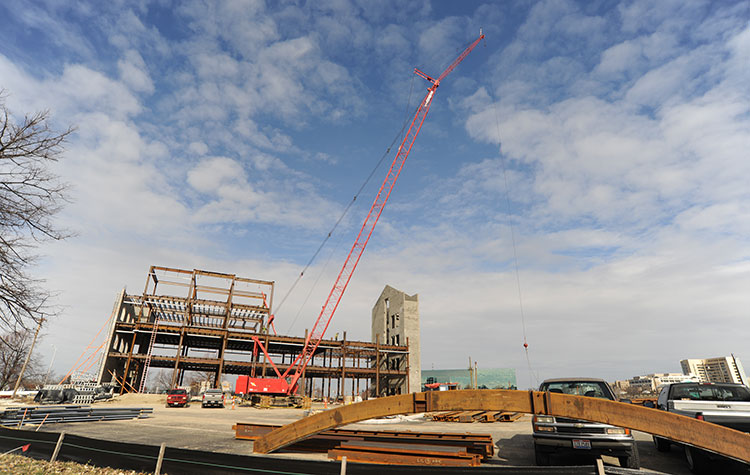Exploring Factors Contributing to Injury Severity at Freeway Merging and Diverging Locations in Ohio
Document Type
Article
Publication Date
6-2013
Publication Source
Accident Analysis & Prevention
Abstract
Identifying factors that affect crash injury severity and understanding how these factors affect injury severity is critical in planning and implementing highway safety improvement programs. Factors such as driver-related, traffic-related, environment-related and geometric design-related were considered when developing statistical models to predict the effects of these factors on the severity of injuries sustained from motor vehicle crashes at merging and diverging locations. Police-reported crash data at selected freeway merging and diverging areas in the state of Ohio were used for the development of the models. A generalized ordinal logit model also known as partial proportional odds model was applied to identify significant factors increasing the likelihood of one of the five KABCO scale of injury severity: no injuries, possible/invisible injuries, non-incapacitating injuries, incapacitating injuries, or fatal injuries. The results of this study show that semi-truck related crashes, higher number of lanes on freeways, higher number of lanes on ramps, speeding related crashes, and alcohol related crashes tend to increase the likelihood of sustaining severe injuries at freeway merging locations. In addition, females and older persons are more likely to sustain severe injuries especially at freeway merge locations. Alcohol related crashes, speeding related crashes, angle-type collisions, and lane-ramp configuration type D significantly increase the likelihood of severe injury crashes at diverging areas. Poor lighting condition tends to increase non-incapacitating injuries at diverging areas only. Moreover, adverse weather condition increases the likelihood of no-injury and fatal injuries at merging areas only and adverse road conditions tend to increase a range of injury severity levels from possible/invisible injuries to incapacitating injuries at merging areas only.
Highlights
- Semi-truck, lanes on freeways and ramps, speeding, angle collisions, and alcohol increase severe injuries at merging areas.
- Females and older persons sustain severe injuries at freeway merge locations.
- Alcohol, speeding, angle collisions, and lane-ramp type D increase severe injuries at diverging areas.
- Adverse weather condition increases no-injury and fatal injuries at merging areas only.
- Adverse road condition tends to increase a range of non-fatal injury levels at merging areas only.
Inclusive pages
202-210
ISBN/ISSN
0001-4575
Document Version
Postprint
Copyright
Copyright © 2013, Elsevier.
Publisher
Elsevier
Volume
55
Peer Reviewed
yes
Keywords
Injury severity, Generalized ordinal logit, Merging areas, Diverging areas
eCommons Citation
Mergia, Worku Y.; Eustace, Deogratias; Chimba, Deo; and Qumsiyeh, Maher Butros, "Exploring Factors Contributing to Injury Severity at Freeway Merging and Diverging Locations in Ohio" (2013). Civil and Environmental Engineering and Engineering Mechanics Faculty Publications. 7.
https://ecommons.udayton.edu/cee_fac_pub/7
Included in
Automotive Engineering Commons, Civil Engineering Commons, Structural Engineering Commons, Transportation Commons, Transportation Engineering Commons, Urban Studies Commons




Comments
This is the authors' version of a work that was accepted for publication in Accident Analysis and Prevention. Changes resulting from the publishing process, such as peer review, editing, corrections, structural formatting, and other quality control mechanisms may not be reflected in this document. Changes may have been made to this work since it was submitted for publication. The definitive version is available online.